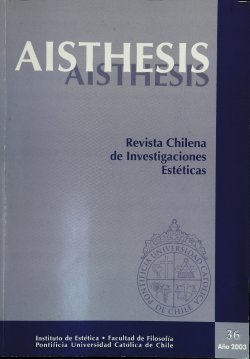Construccion novelesca del espacio latinoamericano en La voragine de Jose E. Rivera y Los pasos perdidos de Carpentier
Main Article Content
Abstract
Between the publication ofjose Eustasio Rivera's La vorágine in 1924 and Carpentier's Los pasos perdidos in 1953, almost thirty years passed by in which the society, literature, culture and critic of the culture in Latin America were shaken, by some distinctive although nondefinitive phenomena, in its way to think of itself and become a recognizable organization. One ofthose cultural movements is the avant-garde and the other is the cycle known as ''novel of the earth" Although some histories of Literature insist on presenting them as consecutive and opposite, both were in fact simultaneous and, in some cases, even convergent. The so-called novéis of earth were distinguished by their Americanist character, and they constituted an almost excluding model during a long
period, that we could tentatively come to consider closed towards the Fifties. According to the hypothesis that 1 propose, that novelistic period would be opened with La vorágineand closed with Los pasos perdidos.
Downloads
Article Details

This work is licensed under a Creative Commons Attribution-NonCommercial-ShareAlike 4.0 International License.
All contents of this electronic edition are distributed under the Creative Commons license of "Attribución-shareAlike 4.0 Internacional" (CC-BY-SA). Any total or partial reproduction of the material must mention its origin.
The rights of academic works published in this publication belong to their authors., who grant to AISTHESIS: Revista Chilena de Investigaciones Estéticas the license for its use. The management of the permits and the authorization of the publication of the images (or of any material) that contains copyright and its consequent rights of reproduction in this publication is the sole responsibility of the authors of the articles
